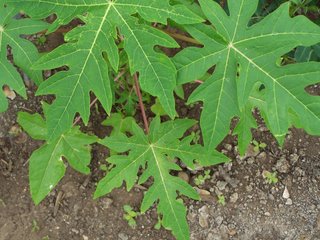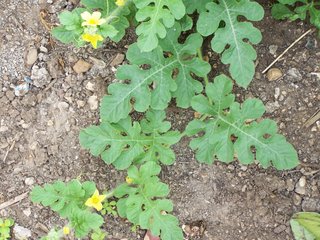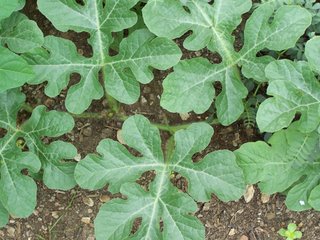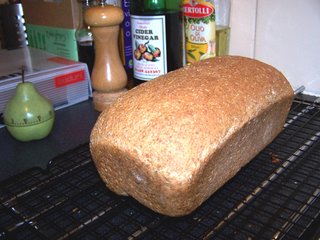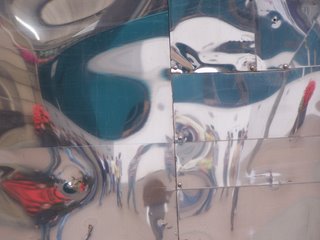Echinacea purpureaThe jury's still out considering its use in preventing and ameliorating colds and flu, and it is almost ubiquitous in certain styles of planting design, but that doesn't stop Echinacea purpurea being a stunningly beautiful plant. It's also known as 'purple coneflower', a name one cannot argue with. The cone consists of very sharp spines, hence its scientific name, which stems from the Greek word 'echinos', meaning hedgehog. There are nine other species of Echinacea, found in the prairies of central and south-western USA. The Native Americans reputedly used it medicinally to treat wounds, snake- and insect-bites. Wikipedia covers the curative aspects of Echinacea thoroughly.
It's also known as 'purple coneflower', a name one cannot argue with. The cone consists of very sharp spines, hence its scientific name, which stems from the Greek word 'echinos', meaning hedgehog. There are nine other species of Echinacea, found in the prairies of central and south-western USA. The Native Americans reputedly used it medicinally to treat wounds, snake- and insect-bites. Wikipedia covers the curative aspects of Echinacea thoroughly.
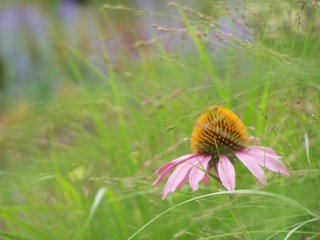 Echinacea is a mainstay of a particular style of gardening known as prairie or naturalistic planting. I'm a bit of a fan of this particular style, and I particularly like Echinacea because it reminds me of August 2002, spent travelling round Holland visiting some wonderful gardens. (Shame I didn't have a digital camera or write a blog then. Perhaps I should go off and do it all again...) Piet Oudolf has been very influential in popularising prairie planting, though his approach is by no means low-maintenance. In fact he gets slightly snirpy if you suggest such a thing. The Sheffield University Landscape Department have taken a very different direction, carrying out long-term research projects on the potential of naturalistic planting for parks and open spaces. I used the products of their research in trial naturalistic planting schemes in three parks in Birmingham.
Echinacea is a mainstay of a particular style of gardening known as prairie or naturalistic planting. I'm a bit of a fan of this particular style, and I particularly like Echinacea because it reminds me of August 2002, spent travelling round Holland visiting some wonderful gardens. (Shame I didn't have a digital camera or write a blog then. Perhaps I should go off and do it all again...) Piet Oudolf has been very influential in popularising prairie planting, though his approach is by no means low-maintenance. In fact he gets slightly snirpy if you suggest such a thing. The Sheffield University Landscape Department have taken a very different direction, carrying out long-term research projects on the potential of naturalistic planting for parks and open spaces. I used the products of their research in trial naturalistic planting schemes in three parks in Birmingham.

Echinacea is also incredibly popular with butterflies. Here are a couple more of my favourites: Painted Ladies. There were large numbers of Peacocks too, but they did not deign to be photographed.
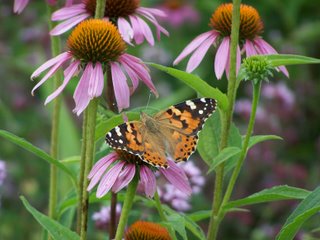
 All photos taken at Ryton Gardens in August 2006.
All photos taken at Ryton Gardens in August 2006.








